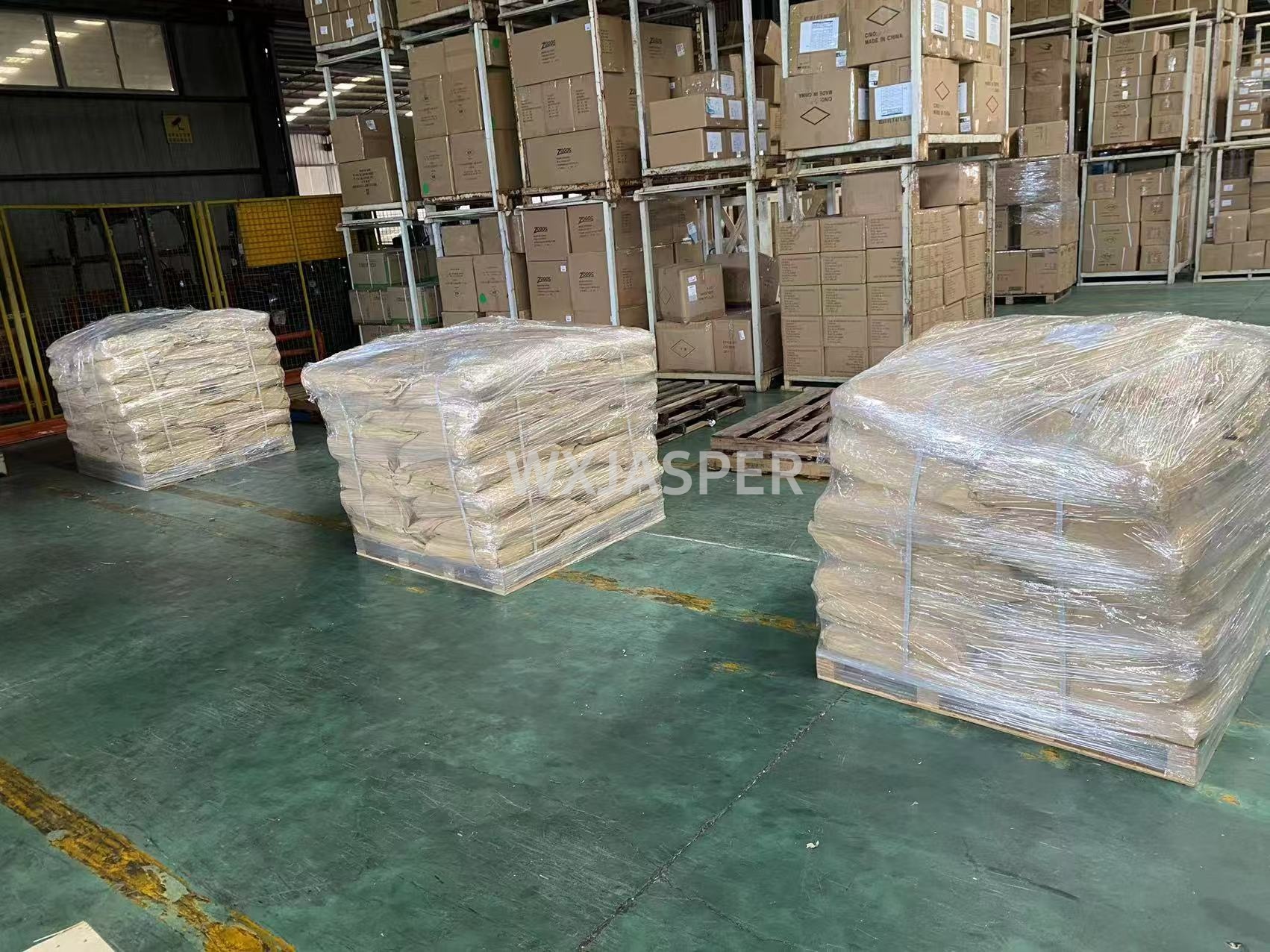Your Location:Home > Products > Solvents > Sodium L-ascorbyl-2-phosphate



CasNo: 66170-10-3
MF: C6H6Na3O9P
Appearance: powder
Delivery Time: 15 days
Packing: 25kg/bag
Purity: 99%
|
Test Item |
Specification |
|
Assay (HPLC) |
≥95.0% (calculated on dried basis) |
|
Loss on Drying |
≤5.0% (105℃, 2 hours) |
|
Residue on Ignition |
28.0%-32.0% (ignited to constant weight) |
|
Heavy Metals (as Pb) |
≤10ppm |
|
Arsenic (As) |
≤2ppm |
|
Chloride (Cl⁻) |
≤0.05% |
|
Phosphate (PO₄³⁻) |
≤0.5% |
|
Microbiological Indicators |
Complies with cosmetic raw material standards (e.g., total colony count ≤100CFU/g, no pathogenic bacteria) |